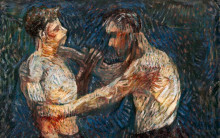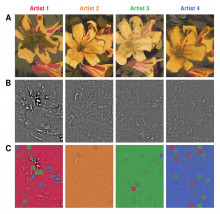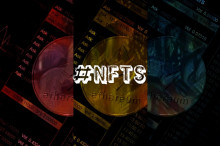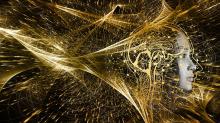X-rays, AI and 3D printing bring a lost Van Gogh artwork to life
Using X-rays, artificial intelligence and 3D printing, two UCL researchers reproduced a “lost” work of art by renowned Dutch painter Vincent Van Gogh, 135 years after he painted over it.
PhD researchers Anthony Bourached (UCL Queen Square Institute of Neurology) and George Cann (UCL Space and Climate Physics), working with artist Jesper Eriksson, used cutting edge technology to recreate a long-concealed Van Gogh painting.




